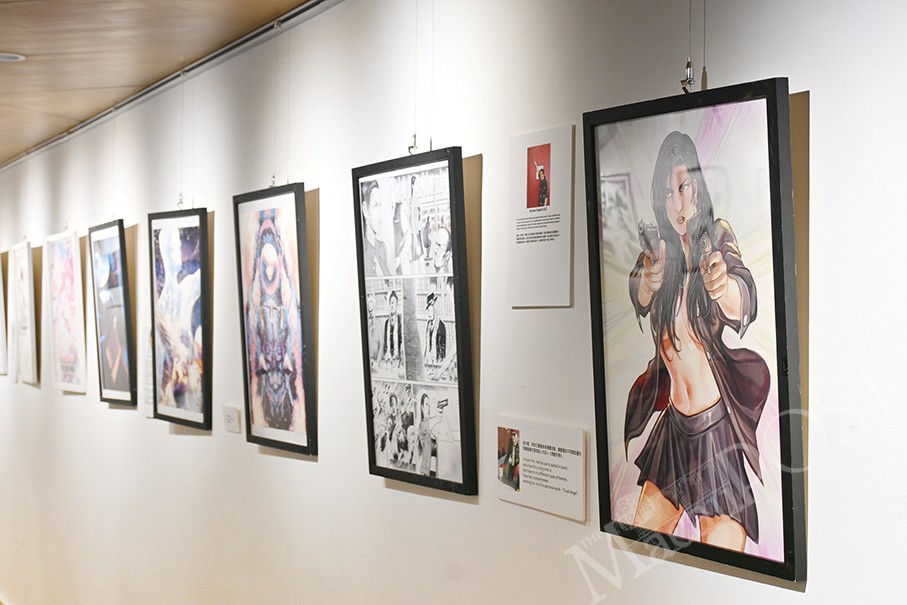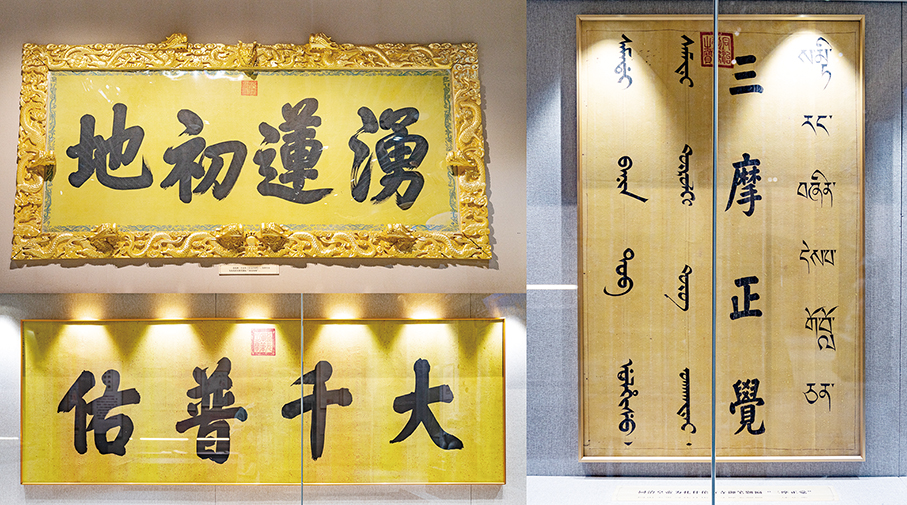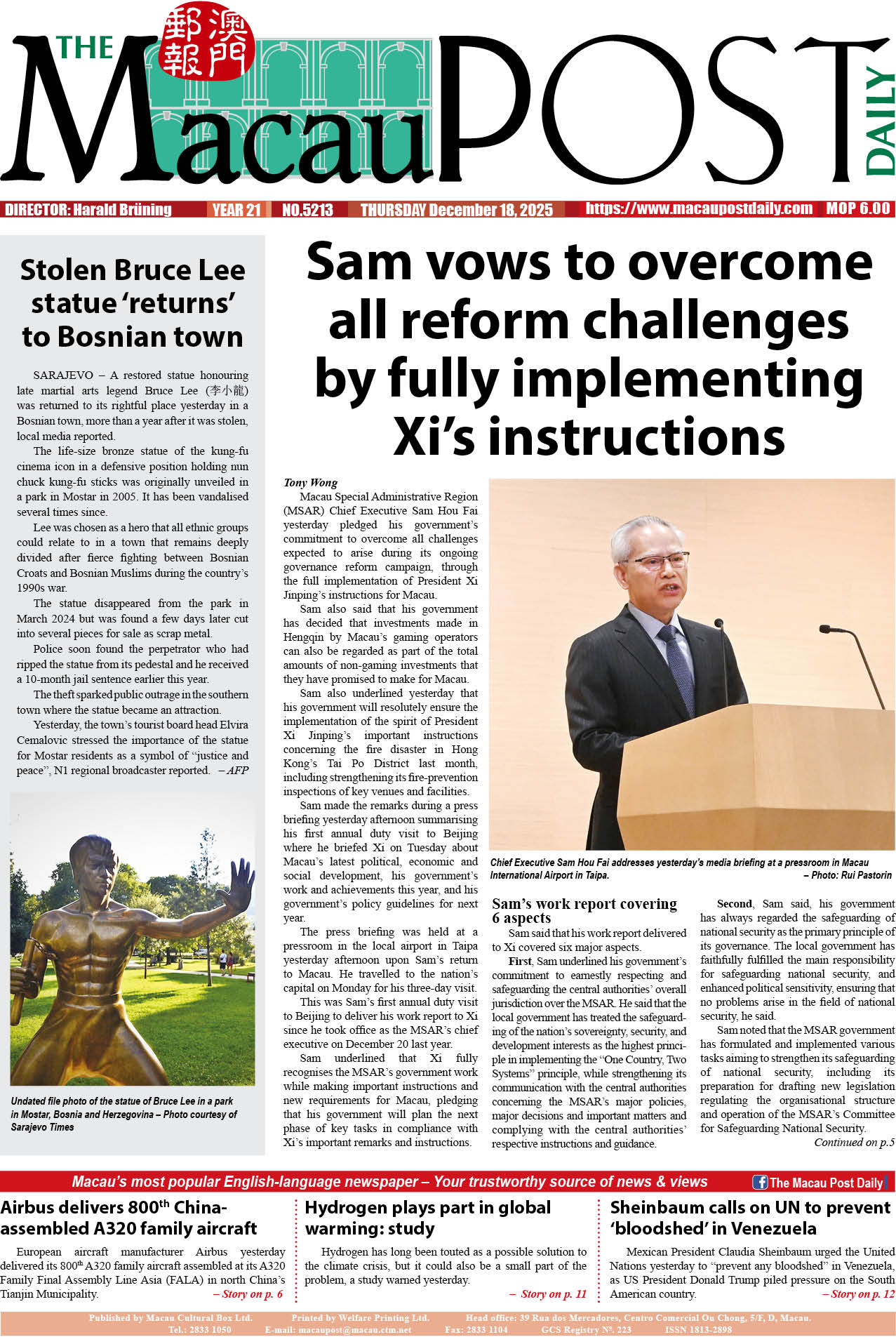A variety of works are currently on display at the ongoing 2nd Asia Manga Artists Exhibition in the basement of the Portuguese Bookshop on Rua de São Domingos (板樟堂街), presenting the work of eight artists until tomorrow.
From Hong Kong to Malaysia to Vietnam, members of the public can find works that showcase the respective style of each artist of different backgrounds. Among those presenting their artworks is Japanese manga artist Miyako Cojima, who told the Post, with translation by her husband, during the exhibition’s opening on Tuesday that she has worked in the manga world for 35 years and now specialises on creating horror illustrations. This marked the artist’s first visit to Macau, a place that she said she was happy to visit.
Having such a long career, Miyako said she got her start as the mascot artist for the JBS of Weekly Shonen Jump at Shueisha Publishing in 1986 and created a four-panel manga of Dragon Quest game in 1992.
According to the Poe AI website, the JBS (Jump Book Store) of Weekly Shonen Jump refers to a collection of manga volumes and merchandise related to the popular manga magazine. Weekly Shonen Jump is known for serialising some of Japan’s most popular manga series.
Her first manga book entitled “Junnama-kids” was released in 1993, and later went on to the X-Men manga tie-in to the TV series in 1995 and an original story in 1996, according to information provided by Miyako.
Information at Portuguese Bookshop’s exhibition points out that Miyako’s major works include “Wonder House of Horror”, which was her first horror manga that was released in 1996, “The Mysterious Nikuko-chan, and Otome-jigoku. Moreover, she has also created works for art galleries in Japan, while the artist also said that she has worked on illustrations for CD covers for bands, film promotions, magazines, book covers and blu-ray booklets.
While Miyako has worked mostly in Japan, some works have been published in different languages, while her old works are also being translated into other language thanks to manga’s growing popularity worldwide. Miyako said she hopes to have her work published in Chinese, Korean and even Arabic.
Her husband also noted: “As an artist, she wants people to see her art. She wants to communicate through art.”
One can visit the exhibition from 11 a.m. to 7 p.m. The exhibition closes on Friday.
The Post published an article yesterday on the exhibition’s opening.

This photo shows some of Miyako’s work over the years. – Photos: Rui Pastorin

Manga artist Miyako poses with her work displayed at the Portuguese Bookshop.















